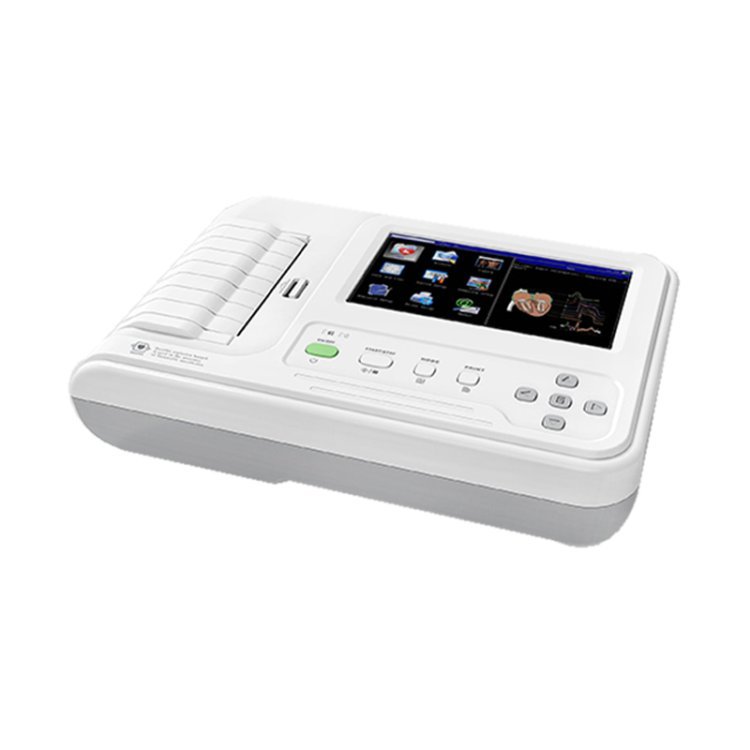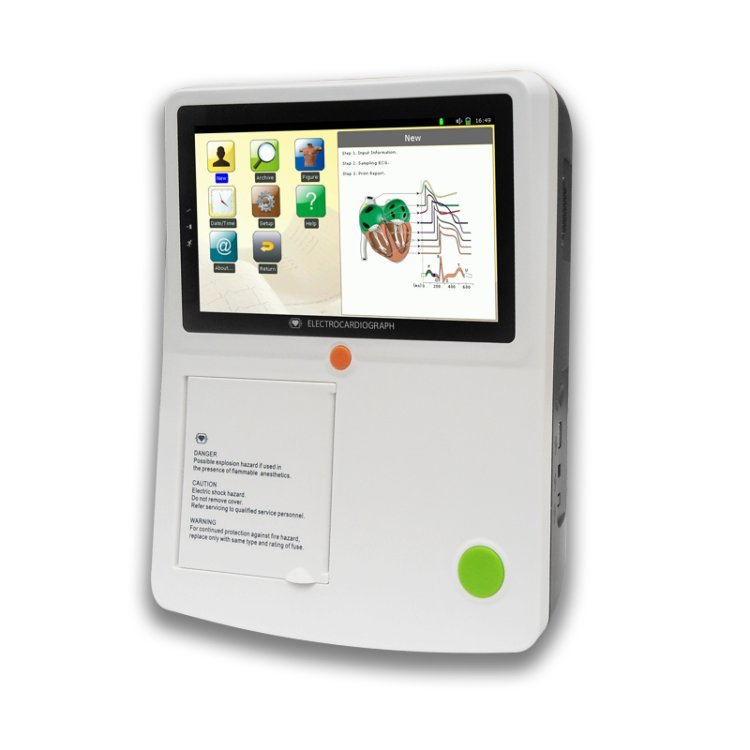What's the Difference Between ECG and EEG?
EEG and ECG tracks heart's electrical activity, vital for cardiac health, while EEG monitors brain waves, key for neurological conditions.

Introduction: Distinguishing Two Vital Diagnostic Tools
In medical diagnostics, two technologies are critical in monitoring and assessing different aspects of human health: Electrocardiography (ECG) and Electroencephalography (EEG). Despite their superficial similarities, including their reliance on electrical signals, ECG and EEG fundamentally differ in purpose, methodology, and the aspects of health they monitor. Understanding these differences is vital for medical professionals, patients, and anyone interested in the medical field.
Fundamental Focus: Heart vs. Brain
- ECG (Electrocardiography): Centrally concerned with heart health, an ECG records the electrical activity generated by heart muscle contractions. It is instrumental in detecting cardiac abnormalities like arrhythmias, heart attacks, and other heart diseases.
- EEG (Electroencephalography): EEG, in contrast, focuses on the brain's electrical activity. It is a window into the complex world of neural function and is essential in diagnosing conditions like epilepsy, sleep disorders, and brain injuries.
Technological Methodology: Electrode Placement and Recording
The methodologies of ECG and EEG, though sharing a fundamental reliance on electrodes to detect electrical activity, differ significantly in their implementation:
- ECG's Approach: An ECG involves placing electrodes on specific areas around the chest, arms, and legs. These electrodes capture the electrical impulses produced by the polarization and depolarization of cardiac tissue.
- EEG's Strategy: EEG utilizes electrodes placed on the scalp. These electrodes pick up the electrical signals produced by the brain's neuronal activity, offering insights into the brain's functional state.
Interpreting the Outputs: Waveforms and Their Meanings
Both ECG and EEG produce waveforms, yet the interpretation of these waveforms is distinct for each:
- ECG Waveforms: ECG waveforms reflect the heart's rhythmic pumping action, with specific patterns indicating normal or abnormal cardiac function. Key components of an ECG include the P wave, QRS complex, and T wave, each corresponding to different stages of the heart cycle.
- EEG Waveforms: EEG waveforms, on the other hand, are more varied and complex, reflecting the diverse and intricate activity of the brain. These waveforms are categorized based on frequency and amplitude and are crucial in diagnosing neurological conditions.
Applications in Healthcare: From Diagnosis to Monitoring
The applications of ECG and EEG in healthcare are both broad and specialized:
- ECG in Clinical Practice: ECG is primarily used to diagnose and monitor heart diseases. It's vital in emergency settings for detecting heart attacks, in outpatient settings for identifying arrhythmias, and in managing chronic heart conditions.
- EEG's Clinical Role: EEG's role is pivotal in neurology. It assists in diagnosing epilepsy, monitoring brain activity during surgery, assessing coma patients, and studying sleep disorders.

Advantages and Limitations: Understanding Each Tool's Capabilities
While both ECG and EEG are invaluable, they have their unique advantages and limitations:
- Advantages of ECG:
- Non-invasive and painless.
- It is quick and can be performed in various settings, including hospitals and ambulances.
- Provides immediate data about heart function.
- Limitations of ECG:
- Primarily focused on rhythm abnormalities, it does not provide information on cardiac muscle health.
- Can miss transient or infrequent heart rhythm abnormalities.
- Advantages of EEG:
- Non-invasive and generally safe.
- Offers real-time monitoring of brain activity.
- Essential in diagnosing various neurological conditions.
- Limitations of EEG:
- It can be affected by external factors like muscle activity or electrical interference.
- Requires expert interpretation due to the complexity of brain wave patterns.
Future Directions and Innovations
The future of ECG and EEG is promising, with ongoing advancements enhancing their capabilities:
- Innovations in ECG: Developments in wearable technology are revolutionizing ECG monitoring, allowing for continuous, long-term heart rhythm tracking outside clinical settings.
- Advancements in EEG: Technological progress in EEG includes the development of more sophisticated brain-computer interfaces and the potential for enhanced diagnostic accuracy through machine learning algorithms.
Conclusion: Complementary Tools for Comprehensive Care
ECG and EEG, while distinct in their focus, methodology, and application, are complementary tools in the healthcare arsenal. Their continued development and integration into patient care will remain crucial for the comprehensive assessment and management of cardiac and neurological health. By understanding their differences and unique capabilities, medical professionals can better diagnose, monitor, and treat various health conditions, ultimately improving patient outcomes.
What's Your Reaction?











![Wireless Connectivity Software Market Size, Share | Statistics [2032]](https://handyclassified.com/uploads/images/202404/image_100x75_661f3be896033.jpg)



